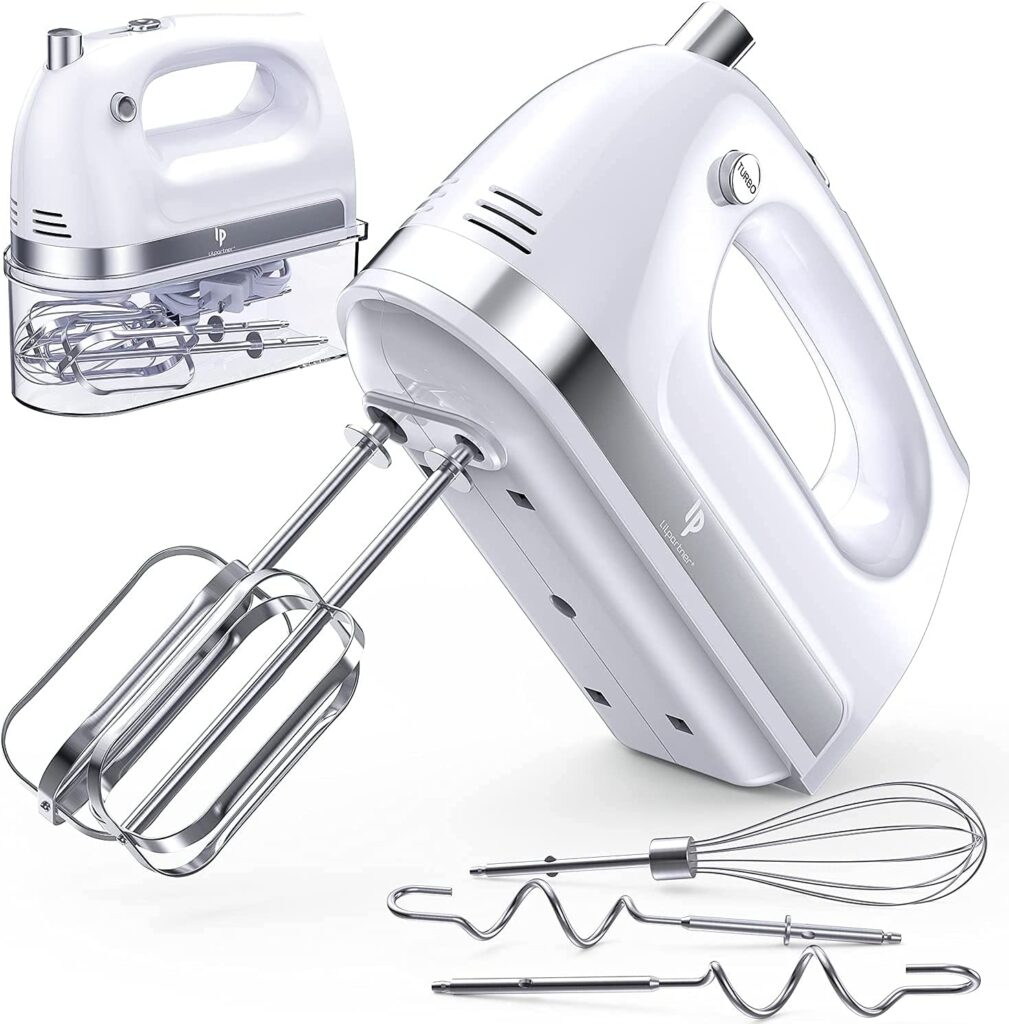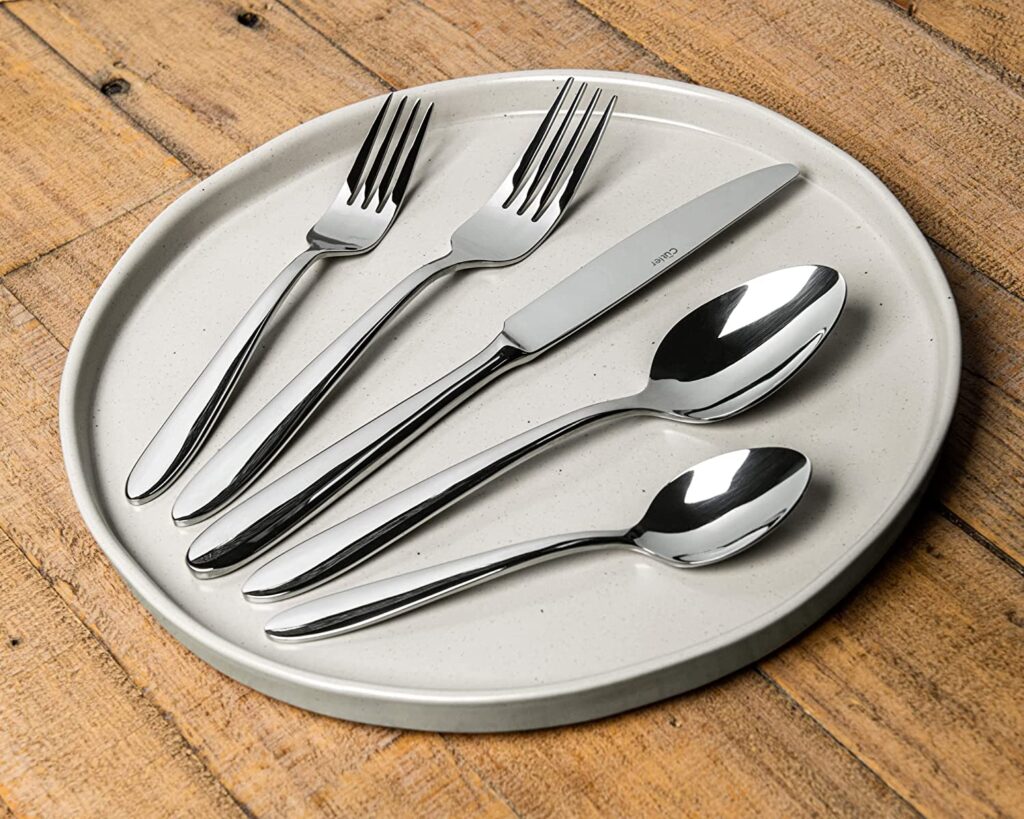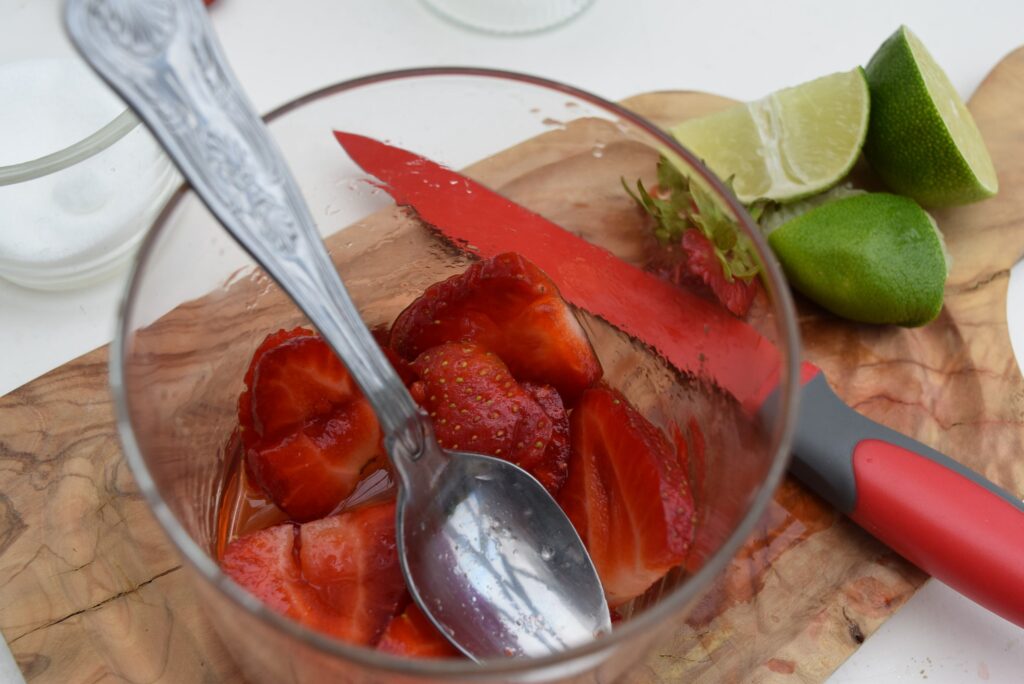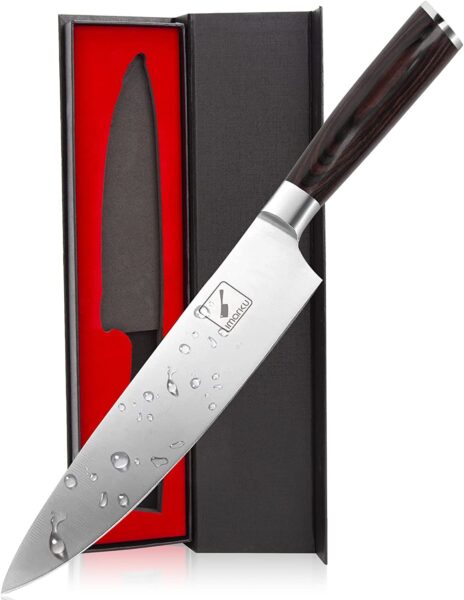How to blend without a blender?
A blender is an appliance or machine that blends, mixes and even purees ingredients. The big question is, how to blend without a blender? Whether you don’t have a blender, traveling or even camping. You will still be able to carry out blending operations without a blender. In this guide, we are going to discuss the techniques and tools that can stand in for a blender. To learn more, read this article.
Yes, you can blend without a blender. You can use the following processes: knife, hand mixer, mortar and pestle, food processor and immersion blender.

Related Article: Food Processor or Coffee Grinder?
What is Blending?
Blending refers to a process whereby 2 or more ingredients are mixed or combined to together to create a single mixture or product. This will enable you to achieve a specific flavor, texture and even appearance.
How to Blend Without a Blender? Methods
Mortar and pestle
Mortal and Pestle is a traditional method that uses a bowl and pestle. The bowl-shaped vessel is also known as club mortar. The mortal is built from materials such as stone and ceramic. The pestle on the other hand is used to crush, grind and even mix ingredients together.
Mortal and pestle are normally used in cooking operations such as preparing ingredients like spices, herbs, sauces and more. The technique has been used for a long time in preparing traditional herbs and medicines where it involves grinding and mashing of ingredients to release active compounds.
When using this method, it is recommended you use the right size as well as material to suit your preferences. A large mortar and pestle are applicable to carry out large quantity operations. On the other hand, a small-sized mortal and pestle are great to carry out smaller quantity tasks. The other factor to consider is the amount of pressure you apply and the type of ingredients.
Pros
- This process has the ability to retain flavor and aroma.
- You will have full control over your textures.
- The process is simple and easy to carry out.
- The versatile nature of the process can do many blend tasks.
Cons
- The process may be time-consuming.
- The operation requires physical effort.
- If don’t do it right, you may end up getting inconsistent results.
Use a food processor
A food processor is also another great option that can stand in for a blender. Food processors have the ability to deliver consistent results because they are equipped with multiple blades for different tasks. They are also versatile due to their ability to carry out a range of tasks. Food processors are also equipped with a pulse function feature that will allow you to easily customize your textures to your preference.
Pros
- A food processor saves time.
- Consistent results are what you will achieve
- This process favors one to carry out large batches.
- They are also versatile and blend a number of operations.
- They are also easy to operate.
Cons
- Food processors can be quite expensive to purchase.
- They are also not suitable for small counter spaces.
- They are also quite noisy
Hand Mixer
A hand mixer is also another great option if you don’t have a blender. A hand mixer is a kitchen appliance that is well-designed to carry out tasks such as mixing, blending and even whipping ingredients. A hand mixer is constructed with a motor and controls. Some also come with attachments that help you blend ingredients easily.
Pros
- They deliver convenient results.
- They are quite affordable.
- Their small and compact design makes them suitable for small kitchens.
- They are also easy to control and operate.
- They can carry out a range of operations.
Cons
- Holding the hand mixer for long periods can lead to fatigue.
- They can be quite noisy at times.
- They are not suitable to handle large-capacity operations.
Use an immersion blender
An immersion blender is also a good choice to use. It is also referred to as a stick blender. The appliance can be used to blend, puree and also emulsify ingredients inside a pot, bowl or even a glass. Using this blender will enable you to carry out to create the following: soups, sauces, smoothies, shakes, baby food, whip cream and more.
Pros
- They are convenient to use.
- The process of cleaning them is also easy.
- They are also affordable.
- Immersion blenders are also versatile.
Cons
- They are able to handle a limited capacity.
- They can cause splattering if you are not careful.
Using a food mill
A food mill is also an excellent option if you don’t have a blender. You can use a food mill to puree and even smash ingredients such as fruits, vegetables and more. The food mill comes with a bowl and a craned mechanism that pushes ingredients through a perforated disc.
Pros
- You will achieve a uniform texture.
- They are efficient in carrying large batch operations.
- They are also versatile.
- It can get rid of unwanted parts.
- Does not require electric power.
Cons
- They are time-consuming.
- It can easily clog.
- The cleaning process is a bit complicated.
Cheese Grater
Cheese graters are well designed to carry shredding and gratin of cheese. Interestingly, they can also be used to blend ingredients into smaller quantities. As much as they can carry out blending operations, they are suitable to blend small batch operations. Additionally, you have to be extra careful because they have sharp blades that can injure your hands if you don’t handle them properly.
Pros
- They are affordable.
- Cheese graters are also easy to use.
- Suitable for carrying small batch tasks.
- They also have the ability to deliver consistent results.
Cons
- They can easily injure your hands if you do not care.
- They also have limited functionality.
The other processes you can use to blend without a blender are:
- Using a fork
- Use a knife
- Chinois strainer
- Cheesecloth and mallet

Related Article: Can you use Vitamix to grind meat?
Tips for blending without a blender
- Food Processor
- Ensure to use a stable and flat surface.
- Follow the manufacturer’s manual, to use the food processor effectively.
- It is advisable to use the pulse function to prevent over-processing
- Do not put your fingers in the processor when it is in operation.
2. Hand Mixer
- Disconnect the hand mixer when inserting or removing attachments.
- Do not put the motor or the cord in the water.
- Use a flat and stable surface.
- Do not use the mixer in operations that have tough ingredients, this can cause overheating of the motor.
- Whisk or Fork:
- Ensure to use a large bowl that can hold all ingredients and also have room for blending.
- Be careful when using a fork or due to their sharp nature, they can hurt you if you don’t handle them well.
- In order to have steady lending or mixing, use a grip pad or a towel.
- Mortar and Pestle
- Use a flat and stable surface.
- Avoid grinding tough or hard ingredients because they can break or crack the mortar.
- Cheese Grater:
- Look for a flat and stable surface to work on.
- To be on the safer side, you can use a protective glove.
- Avoid overfilling the grater, because this can make it clog or jam.
- Mason Jar and Immersion Blender
- It will be great to use a wide-mouth mason jar that is strong and sturdy to hold the immersion blender when in operation.
- Do not insert your fingers when the blade is in operation.
- Use a wide-mouthed mason jar that is stable and can accommodate the immersion blender.
- Avoid touching the blades while the immersion blender is in operation.
- Do not prevent the motor and the cord from entering water or other liquids.
Foods that can be Blended without a Blender
- Ripe fruits and vegetables: It is to blend ripe fruits and vegetables without a blender, unlike when they are ripe.
- Smaller pieces: When you start with small pieces, it became very easy to blend.
- Add liquid: When using a food processor or an immersion blender, adding a liquid will make it easy to blend and also enable you to achieve your desired texture.
- Patience: This process without a blender can take a bit longer, to achieve the best consistency you will have to be patient.

Related Article: Can You Whip Egg Whites in A Blender?
Conclusion “How to blend without a blender?”
There are many ways to blend without a blender. All you have to do is choose one process from the list and start using it. Some processes will deliver convenient results with minimal effort while other will require you to add extra effort to achieve better results. Hope this article has been helpful.


